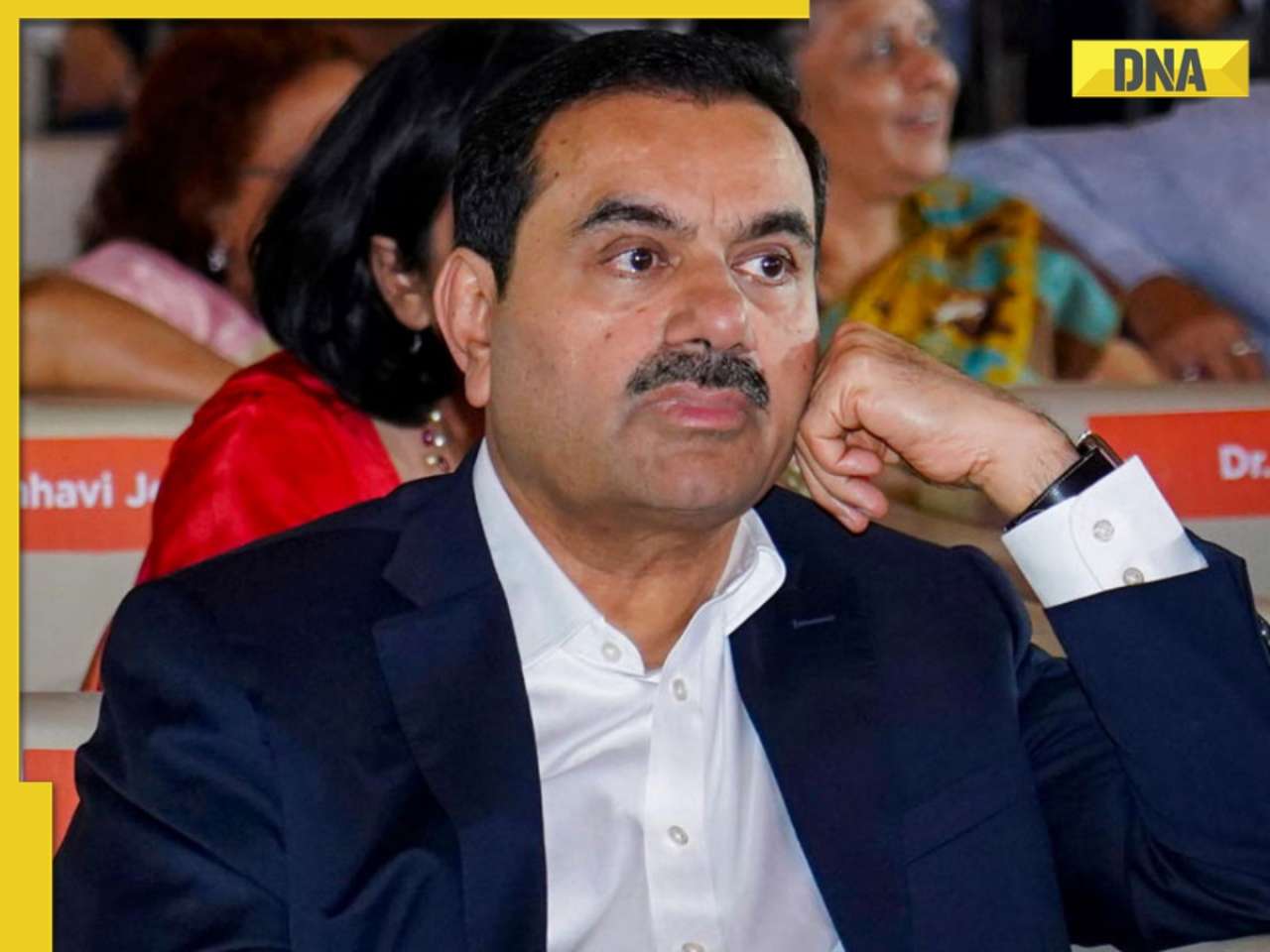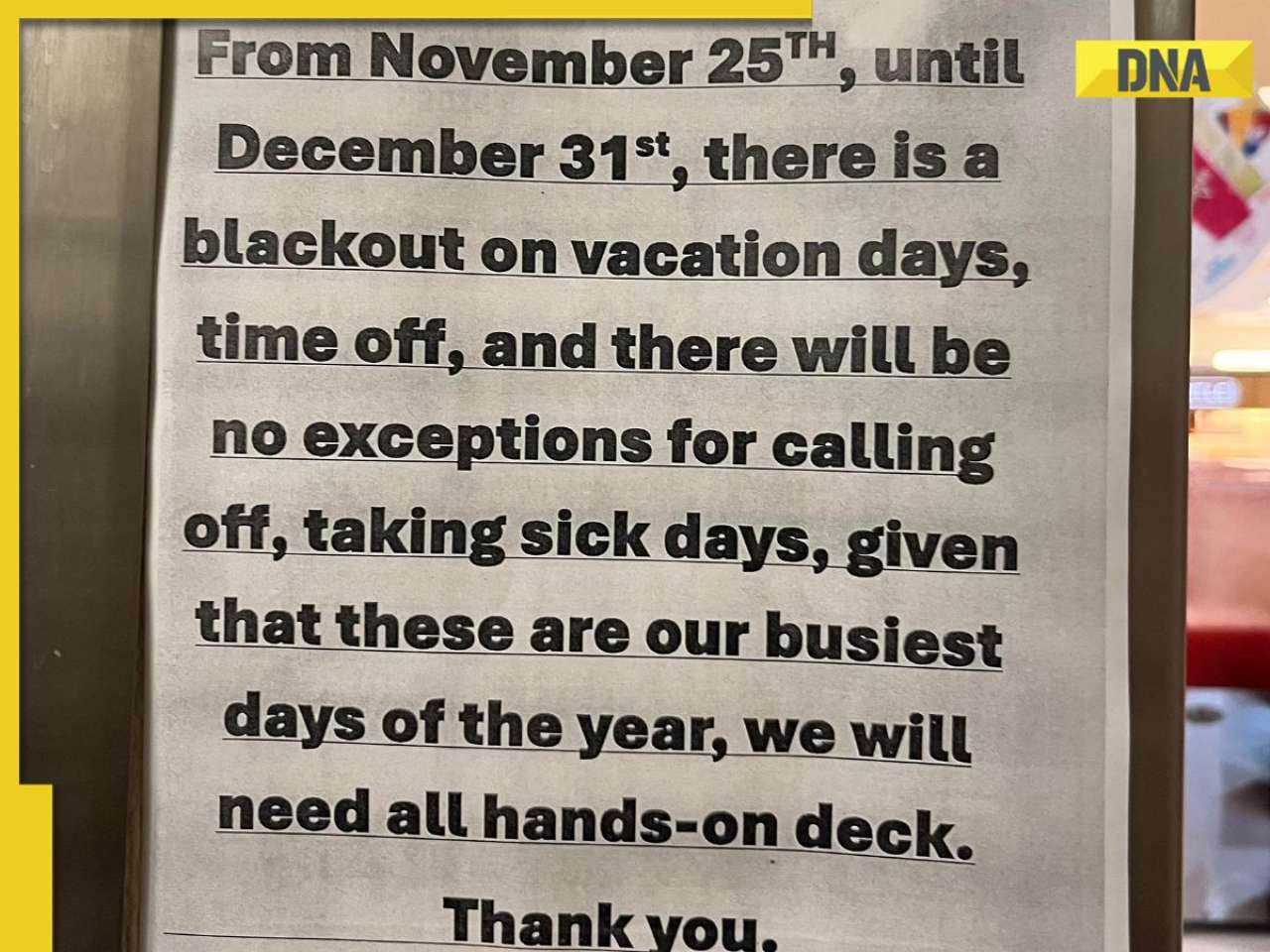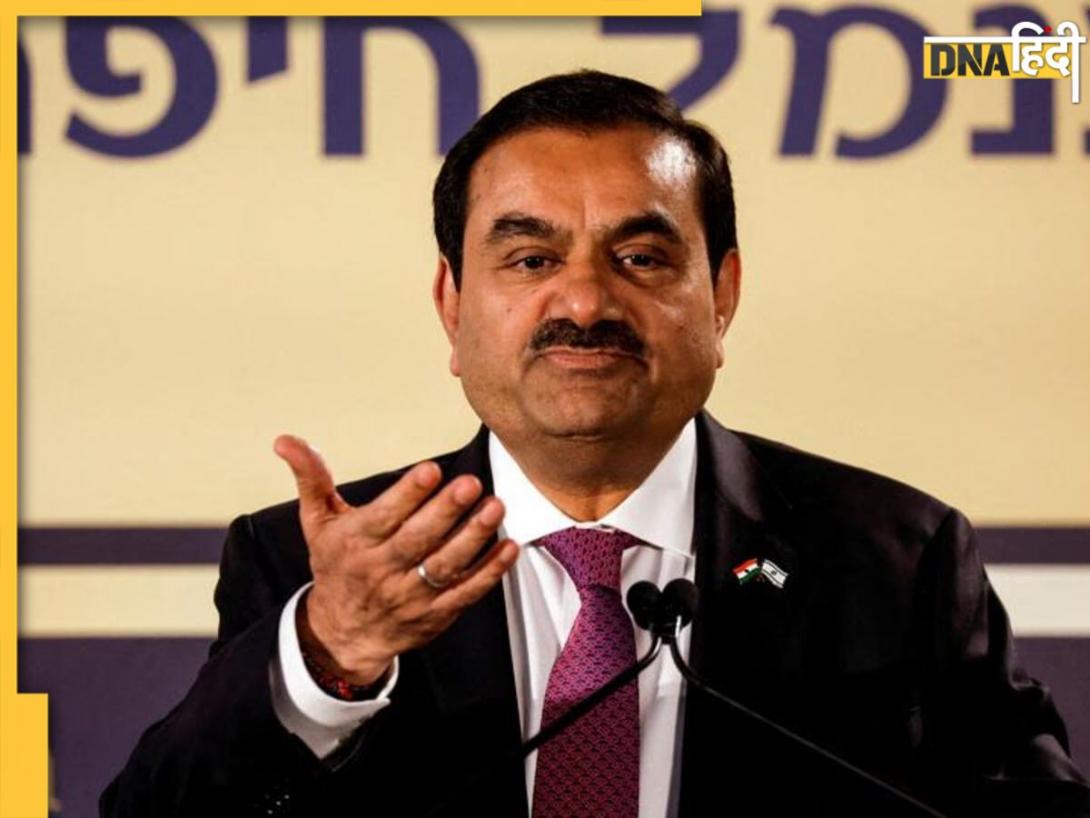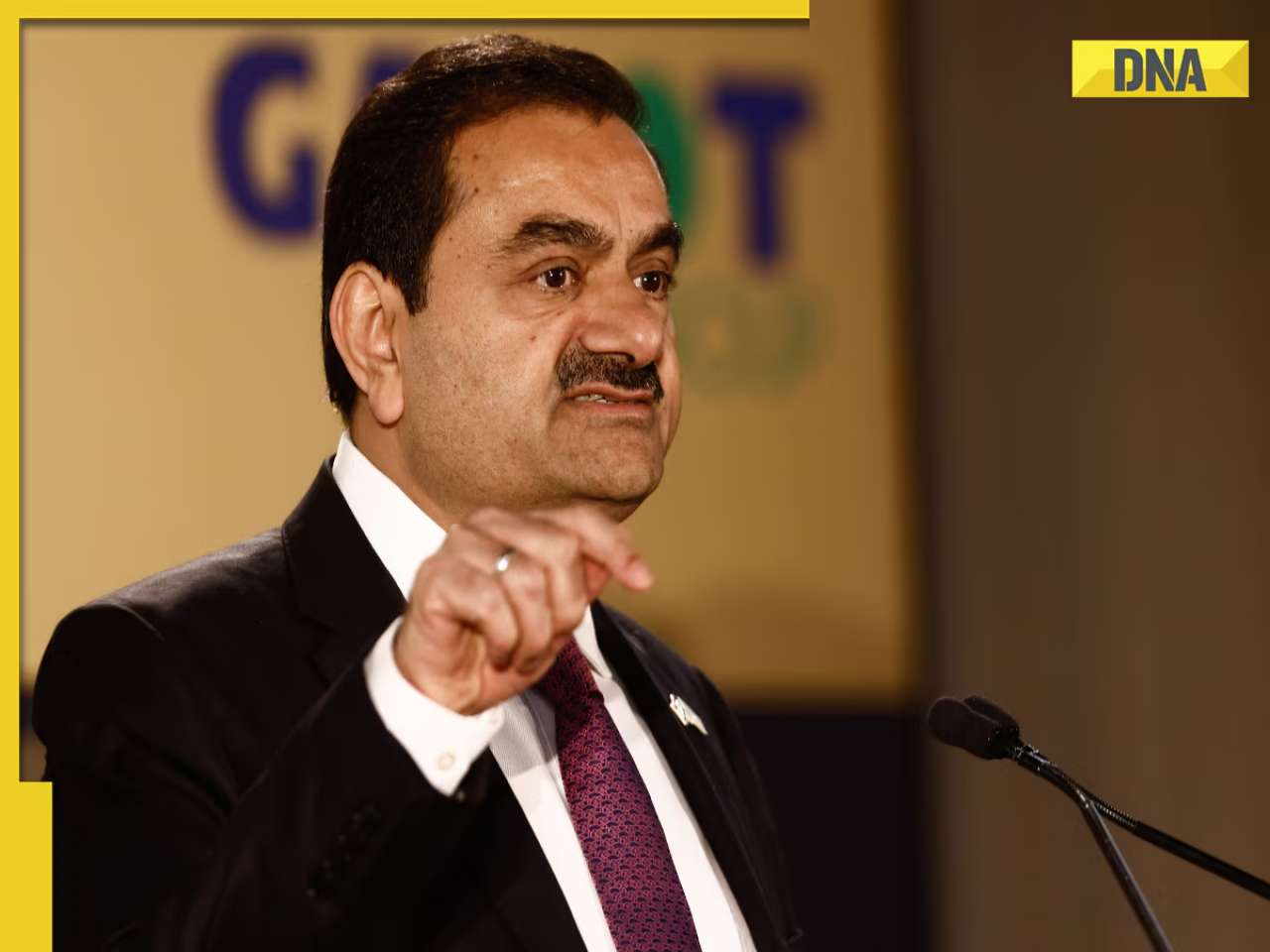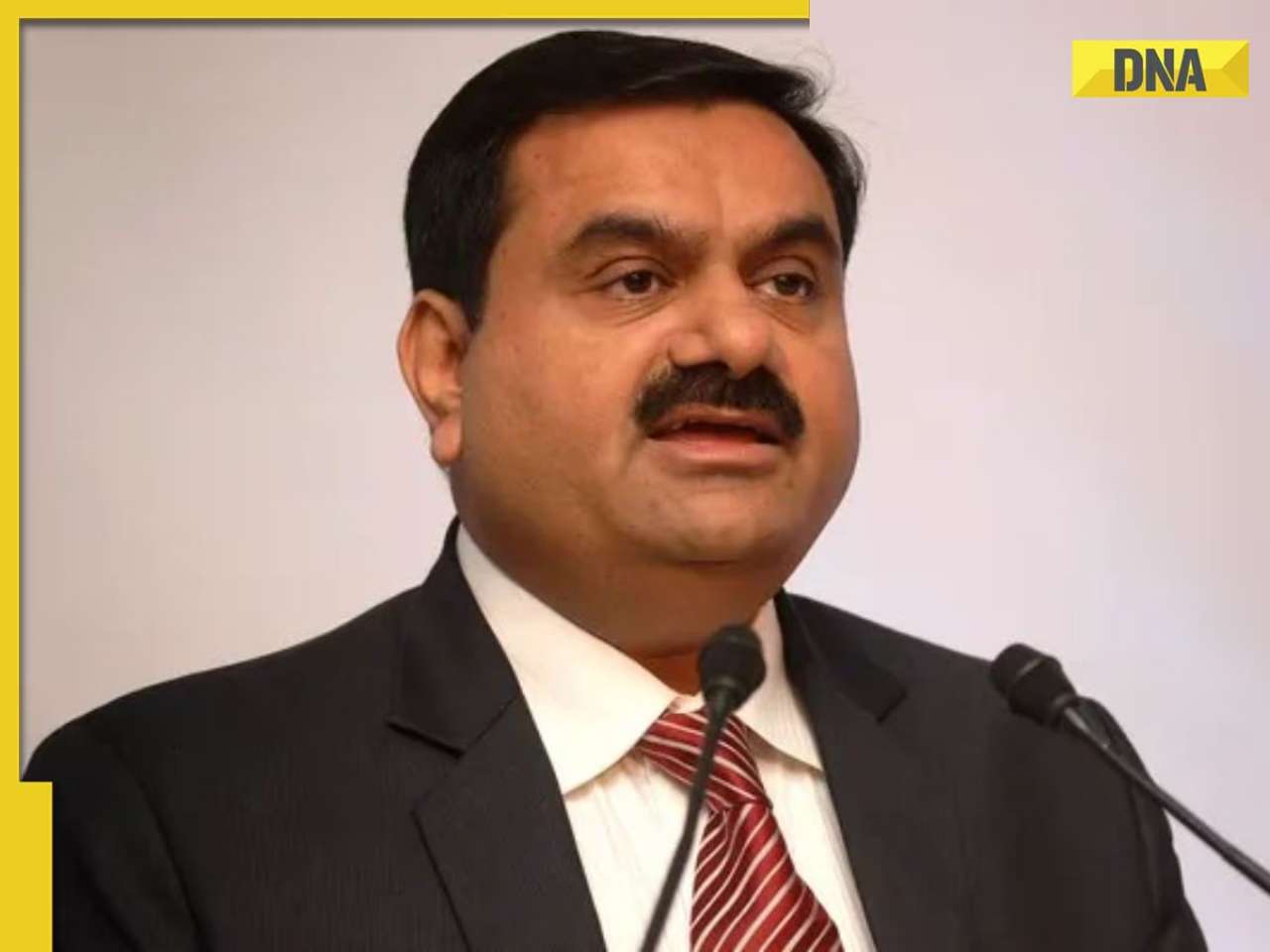- LATEST
- WEBSTORY
- TRENDING
VIRAL
FASTag to recharge automatically? What new guidelines say, check here
The recent circular by the RBI broadens the ambit of the e-mandate to include auto-recharge of FASTag and NCMC balances
TRENDING NOW
The RBI has made changes to the e-mandate rules to allow automatic recharge for FASTag and the National Common Mobility Card. This change is expected to transform handling of toll payments and mobility card transactions to maintain user services continuity.
The recent circular by the RBI broadens the ambit of the e-mandate to include auto-recharge of FASTag and NCMC balances. This means that whenever the balance in these accounts get to a predefined level as chosen by the customer, the linked bank account will automatically be charged to boost the balance, thereby eliminating the need for any manual adjustment.
Pre-Debit Notification Exemption is actually one of the most significant shifts in the rules: the pre-debit notification requirements for these auto-replenishment transactions have been removed entirely. Earlier, e-mandates allowed for the deduction of funds from the customer’s account only after 24 hours notice.
This new adjustment makes it easier in making the necessary changes without inconveniencing the users through insufficient balances.
In the new format, customers can determine their own levels to be triggered for replenishment. The moment it drops below this figure, the system will withdraw the required amount from the linked bank account to meet the required balance for toll charges and other transactions.
The RBI knows that payments done through FASTag and NCMC are of a repeat nature, but they are not regular in terms of frequency. This update takes cognisance of the fact that such transactions have to be quite fluid to avoid any disruptions of critical services such as toll fees and mobility card recharging.
The linking of FASTag and NCMC to the e-mandate is also in line with the RBI’s long-term vision of deepening the usage of digital payments and providing more convenience to consumers. In specific transactions, the RBI’s intention is to decrease the extent of manual intervention and optimise the mechanism of automatic balance replenishment of these important services.







)
)
)
)
)
)
)
)
)
)
)
)
)
)
)
)
























